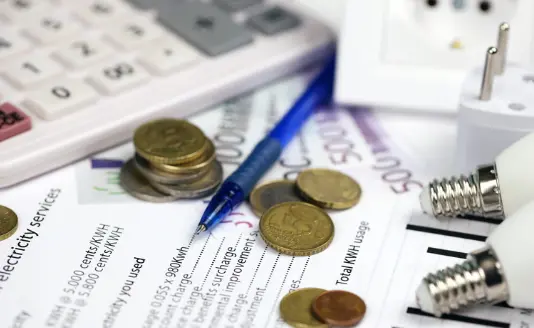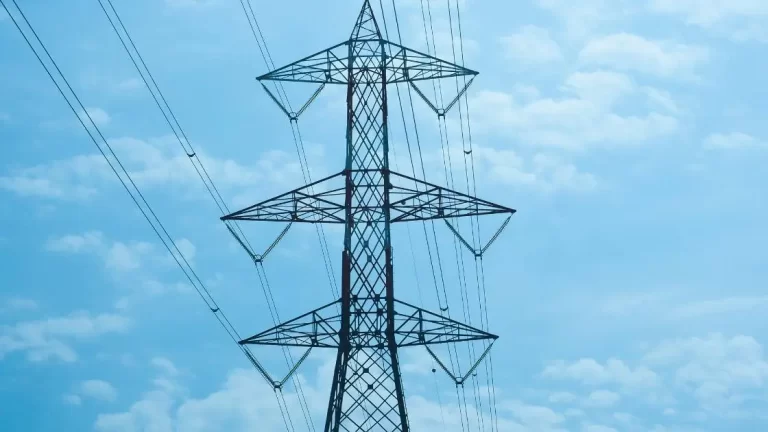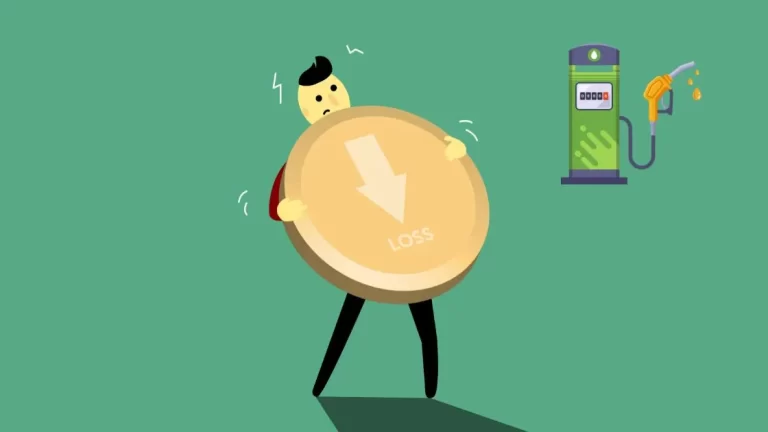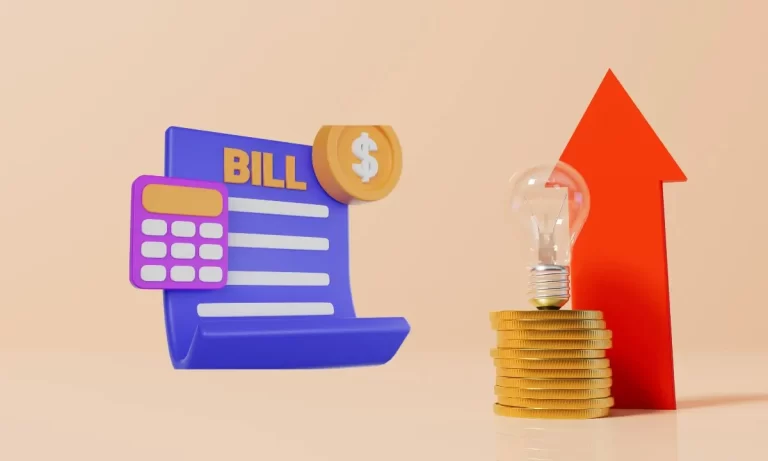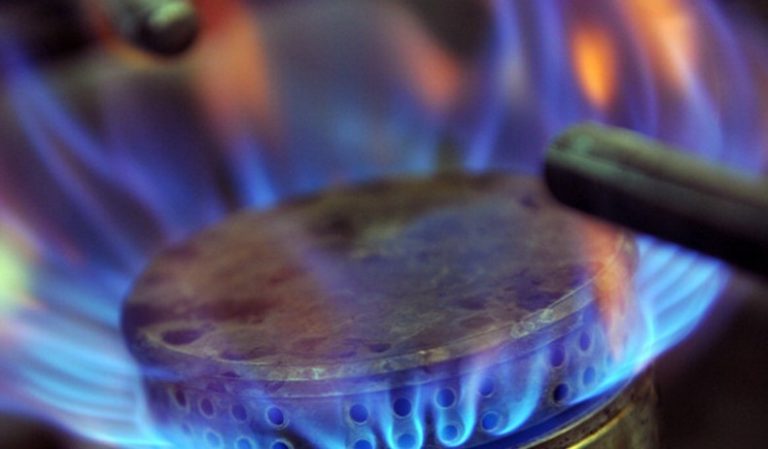Consumers to Pay Rs 2.8 Trillion in Capacity Payments for 2024-25
Staff Report
The electricity consumers are set to pay up to Rs 2.8 trillion in Capacity Payments for 2024-25.
Capacity payments account for 70 percent of the electricity tariff for consumers, whereas the energy price amounts to 30 percent.
These capacity payments are linked to dollar indexation and have increased due to the depreciation of the rupee against the dollar over the past year.
It is also alarming that even power plants that had invested in rupees in Pakistan are receiving capacity payments in dollars. During the current financial year, capacity payments have been estimated at Rs 2.1 trillion.
These payments are made to power plants that remain idle and receive payments without generating a single unit of electricity due to faulty agreements.
The CPPA-G presented different scenarios of electricity rates for the upcoming financial year, with an expected hike of Rs 5 per unit, which would burden consumers with Rs 310 billion.
During a public hearing, it was reported that the energy purchase price (EPP) amounted to Rs 1.3 trillion, and capacity payments stood at Rs 2.146 trillion for the next financial year. CPPA-G officials noted that capacity payments have varied between Rs 2.1 and Rs 2.8 trillion.
Regarding demand projection, power ministry officials stated that a GDP target of 3.5 percent, in line with the IMF projection, was used.
They mentioned that the planning commission was asked to provide the GDP growth projection for the next financial year but had not provided figures, so reliance was placed on the IMF’s projection for Pakistan.
During the hearing, it was noted that CPPA-G had submitted electricity demand projections without thorough analysis.
Regarding net metering, it was reported that 83 MW of electricity from solar was being added to the national grid. However, figures for off-grid solar electricity generation were not available.
The work on net metering, which started in 2015, was expedited over the last year, with 870 MW from solar net metering added in the last eight months. Solar-based electricity is also being used increasingly in the industrial sector.It Will Be Insane To Limit Solar Energy RollOut: Experts
Nepra emphasized the importance of accurate electricity demand forecasting to determine realistic electricity prices for budgeting.
It was noted that consumers were reducing electricity consumption due to higher prices.
Intervenors mentioned that several industrial units had shut down due to higher electricity prices, leading to further expected declines in consumption with the projected rate increases next financial year.
It is also concerning that despite rising capacity payments, more IPPs are being installed. It was reported that three more IPPs had been connected to the national grid.


